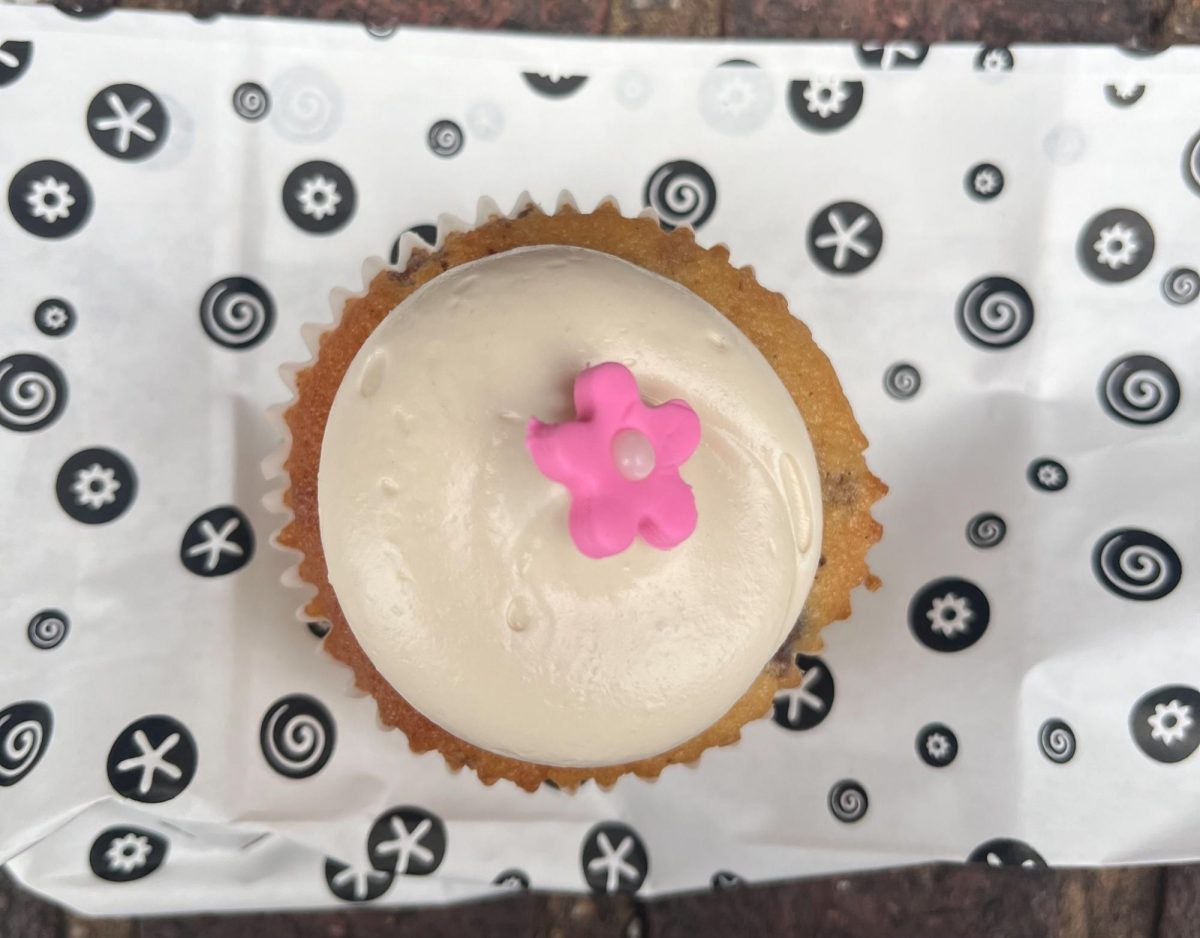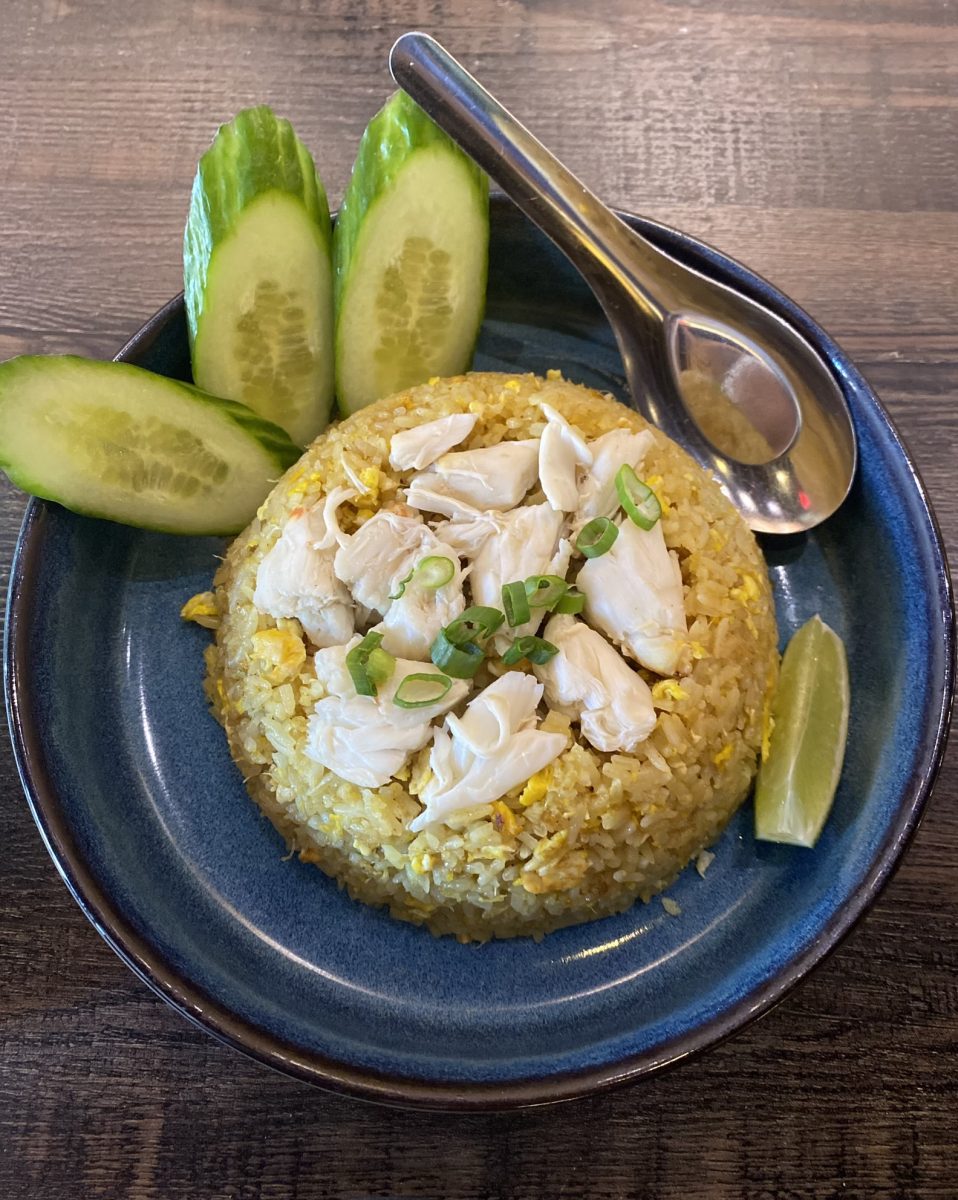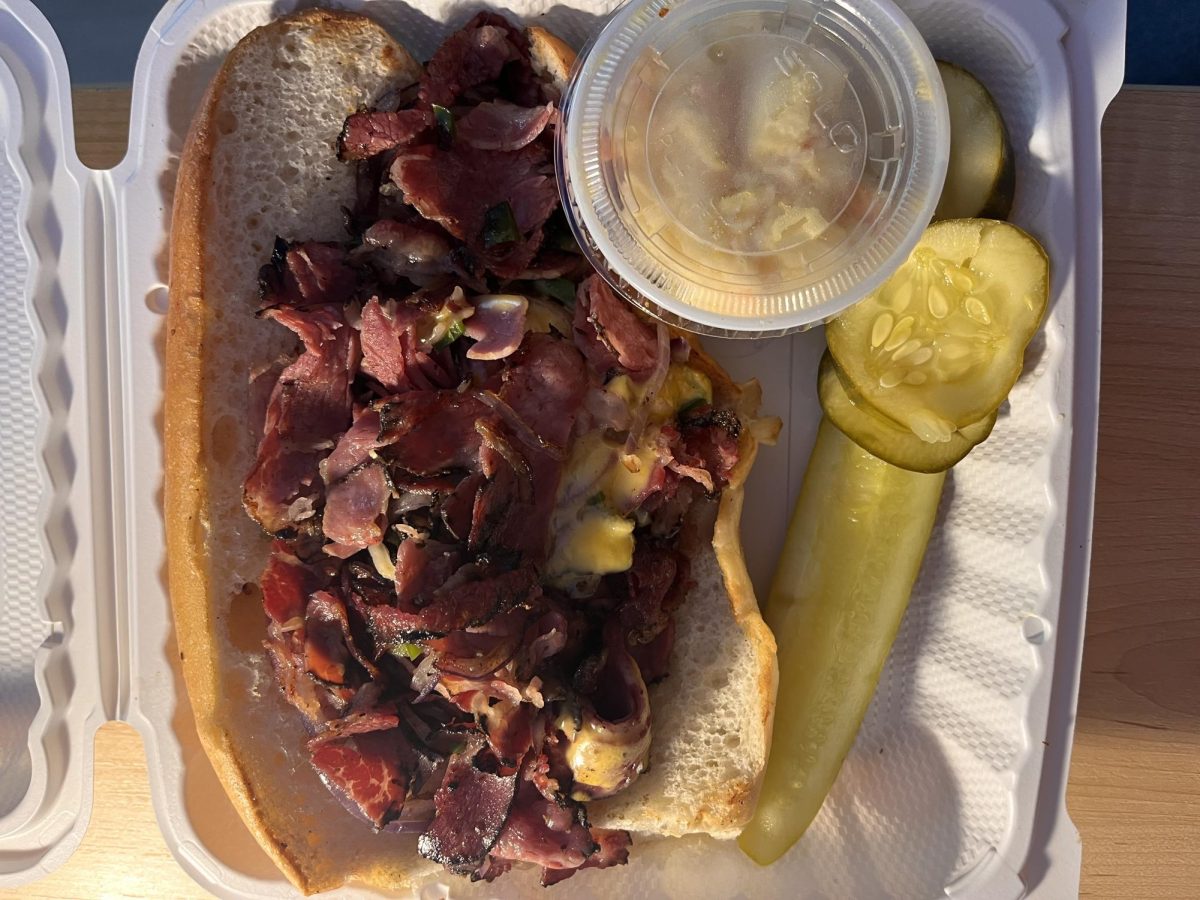Bossa nova beats and Ethiopian dishes ranging from all-teff injera to long-simmered stews fill up Tsehay, an Ethiopian restaurant well-fit for students seeking a night out away from campus.
Tart, spicy and pungent, Tsehay’s multicolored mounds of spicy stews pair well with injera, a fermented flatbread. The dimly lit Ethiopian den nestled smack dab in the middle of Adams Morgan strikes a balance between cozy and vibrant, positioning itself as a perfect escape for homesick college students craving a picturesque dining experience.
In Amharic, the official language of Ethiopia, the word “tsehay” translates into “sun.” According to the restaurant’s site, the name is meant to evoke the sun of the owners’ lives — their mother, Tsehay Gossa. Upon me and my friend’s 8 p.m. arrival on a Friday evening, we were greeted by staff eager to envelop us in the Gossa family legacy via a litany of earthy dishes.
At Tsehay, industrial red brick walls clash with loosely draped green vines. Green accents are omnipresent, ranging from the frames of apparent family portraits to a singular succulent resting on each diner’s rustic cherry wood table. This culminated in an overall homey aesthetic that complements Tsehay’s hearty food.
We were itching to try as many dishes as possible without breaking the bank, so we looked at Teshay’s Sampler Plates. The first option was the vegan combination ($24.99) consisting of stews and red lentils, fresh-cut collard greens, cabbage, string beans and beets. The latter was the highly coveted Ye Belay (Superior) Combination ($39.99) consisting of beef and lamb stews. We landed on Tsehay’s special blend Shiro ($19.99), and our soft-spoken but enthusiastic waiter grinned before bringing us the sun-dried chickpea stew paired with special seasoned butter ($2.00), in addition to ordering the vegan combination.
One large piece of rolled-out injera, the famously spongy flatbread used to eat all the offerings during an Ethiopian meal, arrived at our table on a literal silver platter. About two minutes later came a bamboo bowl overflowing with stacks of injera rolls.
In traditional Ethiopian dining fashion, we didn’t use any utensils. Instead, my friend and I pinched off pieces of injera to scoop up the meticulously seasoned stews and veggies that our waiter plopped on our silver platter. Reds, purples, yellows and oranges culminated in a vibrant, mouthwatering medley.
We gravitated toward the whiffs of garlicky richness emanating from the shiro. It was smooth yet firm, staining injera scoops burnt orange while slightly spilling over onto our fingertips.
The flavor of chickpeas was subtle, while notes of tangy tomato and nuttiness were more prominent. Paired with tart injera pieces, the slightly sweet stew was addictive enough to almost vanish from our plate within five minutes of digging in.
For a momentary pause from the protein-packed dish, we pursued the platter’s fresh veggies: glistening purple beets, ginger-spiced cabbage and zesty collard greens. As a hesitant beet consumer, the beet dish, Key Sir, was surprisingly refreshing. Consisting of rectangular, bite-sized beets topped with Julienne-cut jalapeños, my friend and I found ourselves reaching for Key Sir following bites of Tsehay’s more savory shiro and misir, spicy red lentils simmered in a red chili shallot sauce.
Caramelized in garlic and a generous dose of berbere, Ethiopia’s famous chili seasoning blend, misir, was by far the spiciest dish on our plate. This added a fiery hot flare only to the cool vegetable medley.
Tikil Gomen, a sweet cabbage dish, and Gomen, smooth and mellowed collard greens, provided similar revitalizing effects when paired with Fosollia, savory crisp string beans. The culmination of rich and subtly sweet flavors resulted in a tantalizing sensation for the tongue.
It’s safe to say my friend and I exited Tsehay walking on sunshine.







